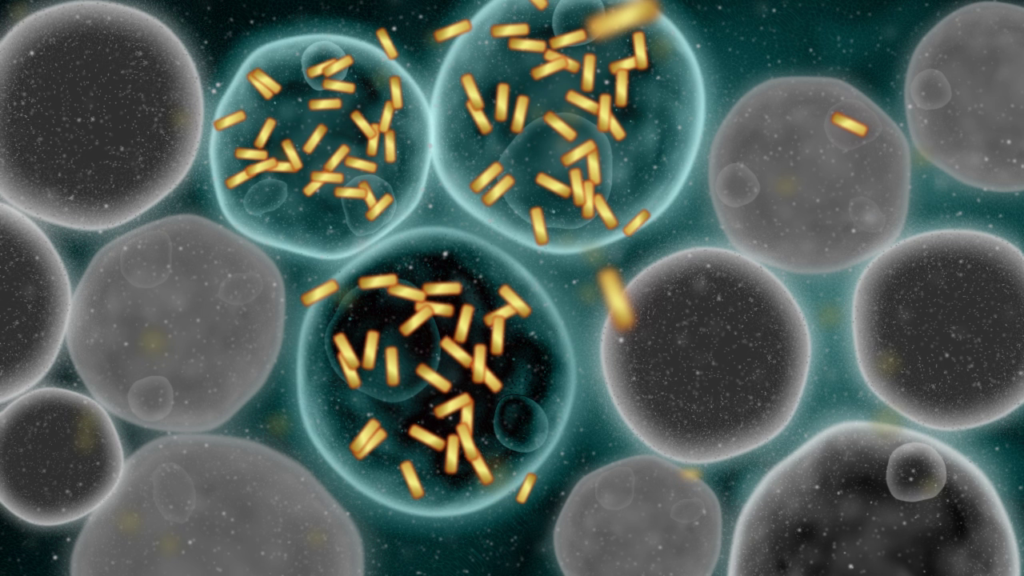
The PHIRE Project
Health programs are in urgent need of advanced diagnostic imaging tools and treatments to eliminate chemoresistant cancerous growths that are smaller than 1 mm in size. PHIRE is focused on developing and bringing to market a new high-resolution medical device that combines diagnosis and therapy (theranostic) for these small lesions. This device is designed to be effective in clinical settings, particularly for treating bladder cancer, and is suitable for both male and female patients.
Positive impact on the quality of life of bladder-cancer patients
Reducing the social cost of bladder-cancer management
PHIRE innovative solutions will also be applicable to other disease and technological markets.
The adoption of PHIRE solution

Implementing the PHIRE solution in relevant medical settings involves:
The adoption for clinical applications of this new device will reduce the frequency of the bladder tumour relapse and the number of patients with relapsing tumour, with a drastic positive impact on the quality of life of patients while reducing the social cost of the management of patients. Additionally, the success of PHIRE’s developments will pave the way for similar theranostic applications targeting lesions smaller than 1 mm in other hollow organs of the human body.
In addition, PHIRE innovative solutions will also be applicable to other markets, such as that of photoacoustic and diagnostic imaging, gold nanoparticles, cystoscopy and medical software.


